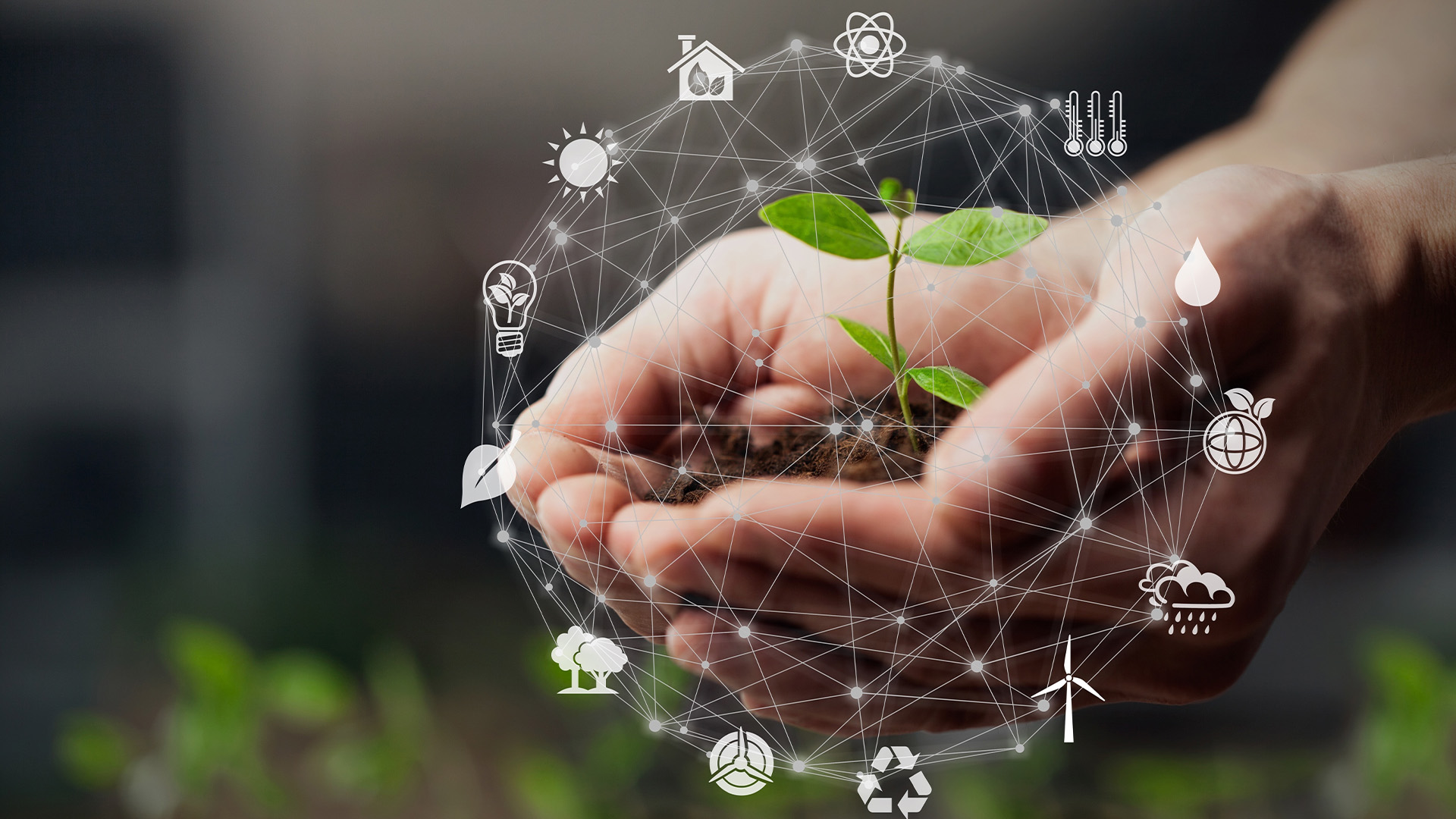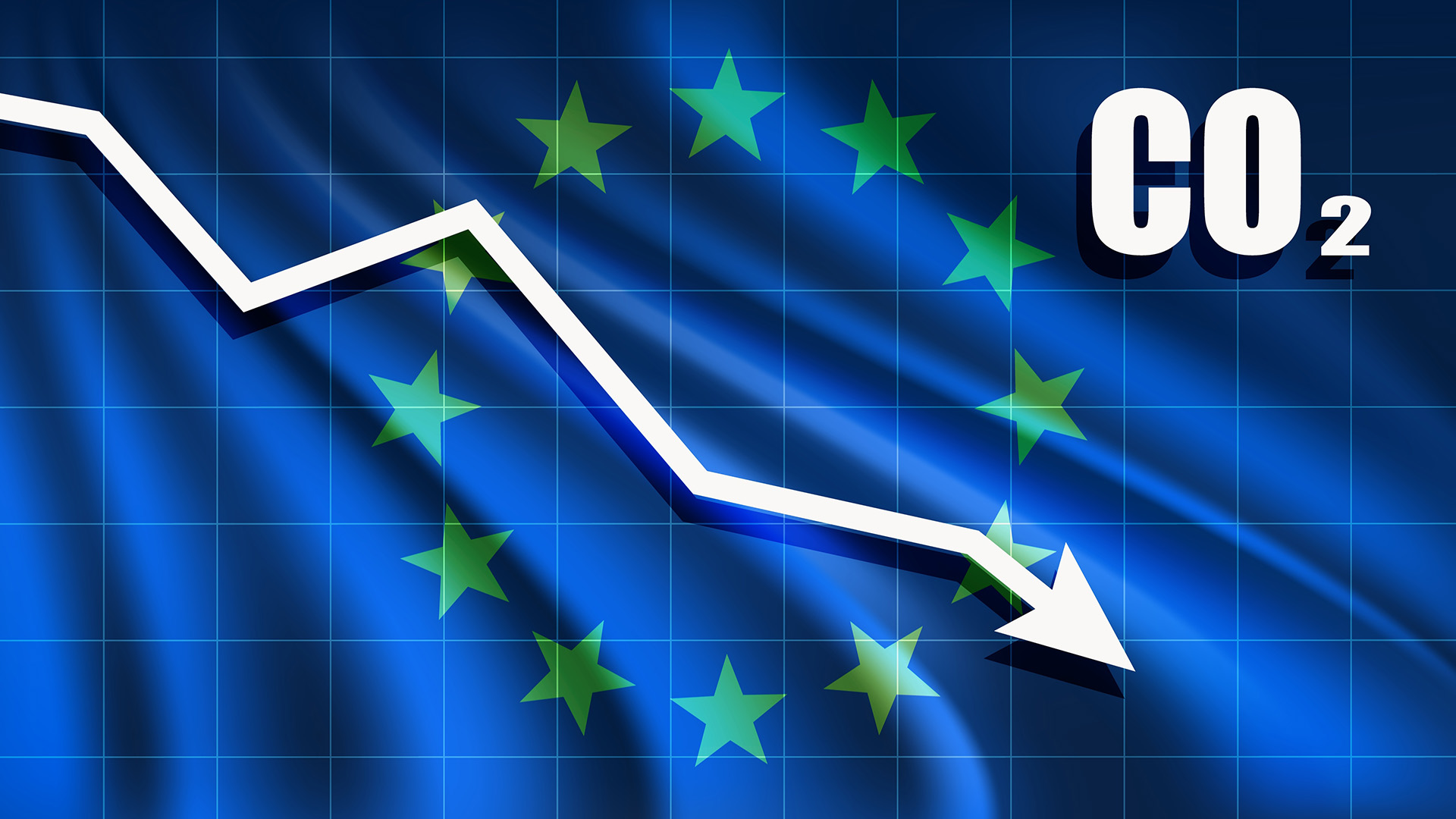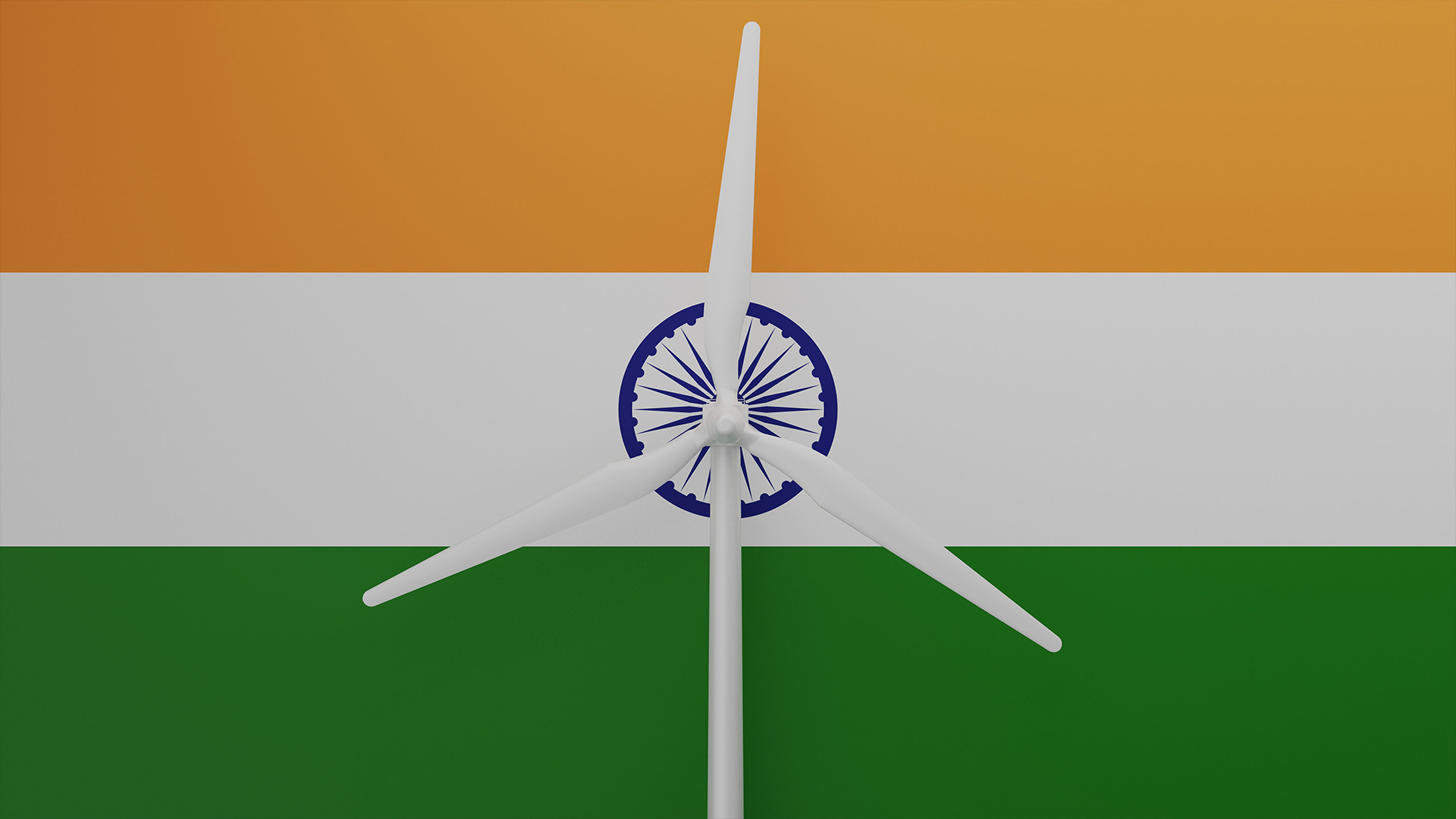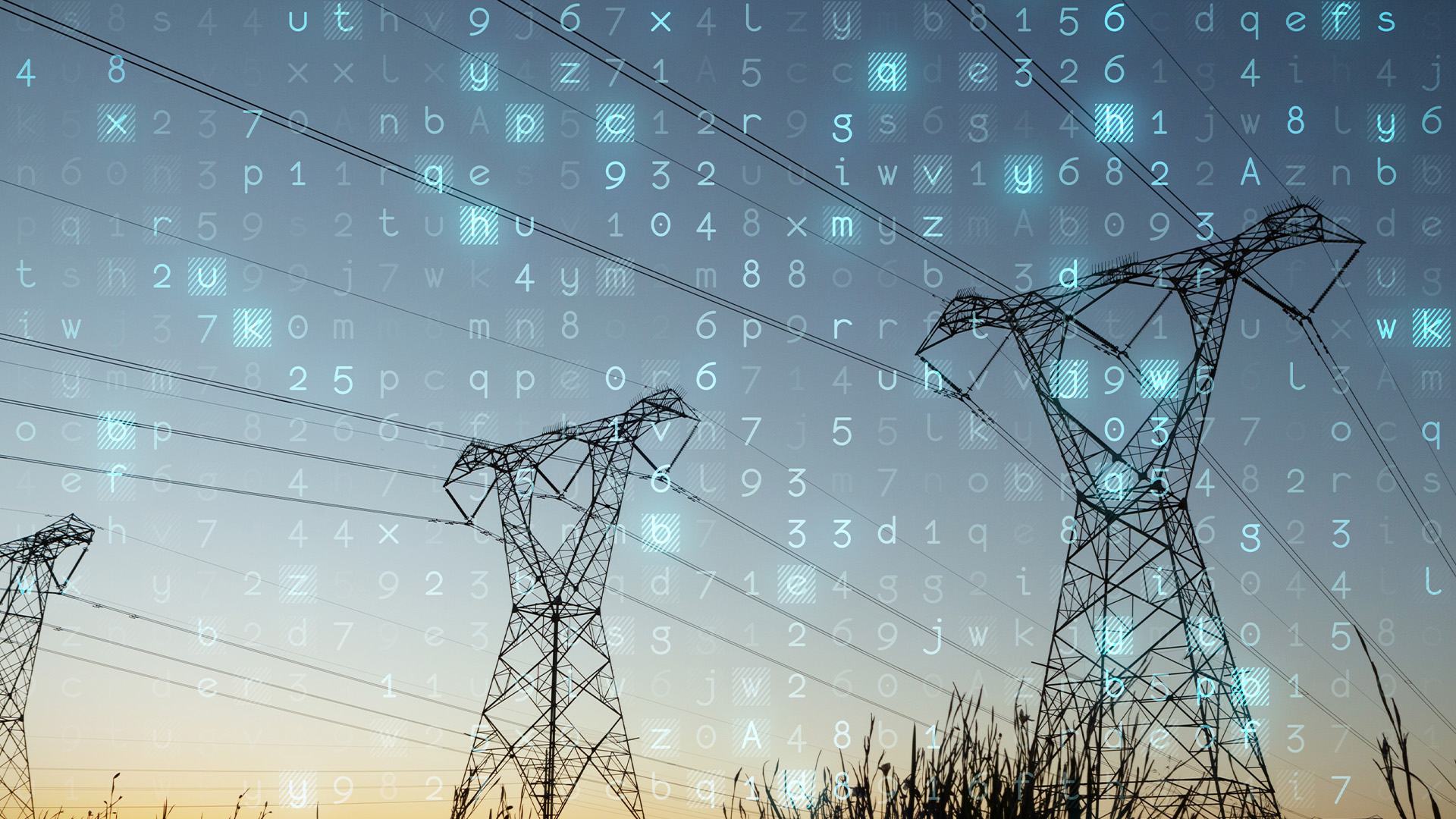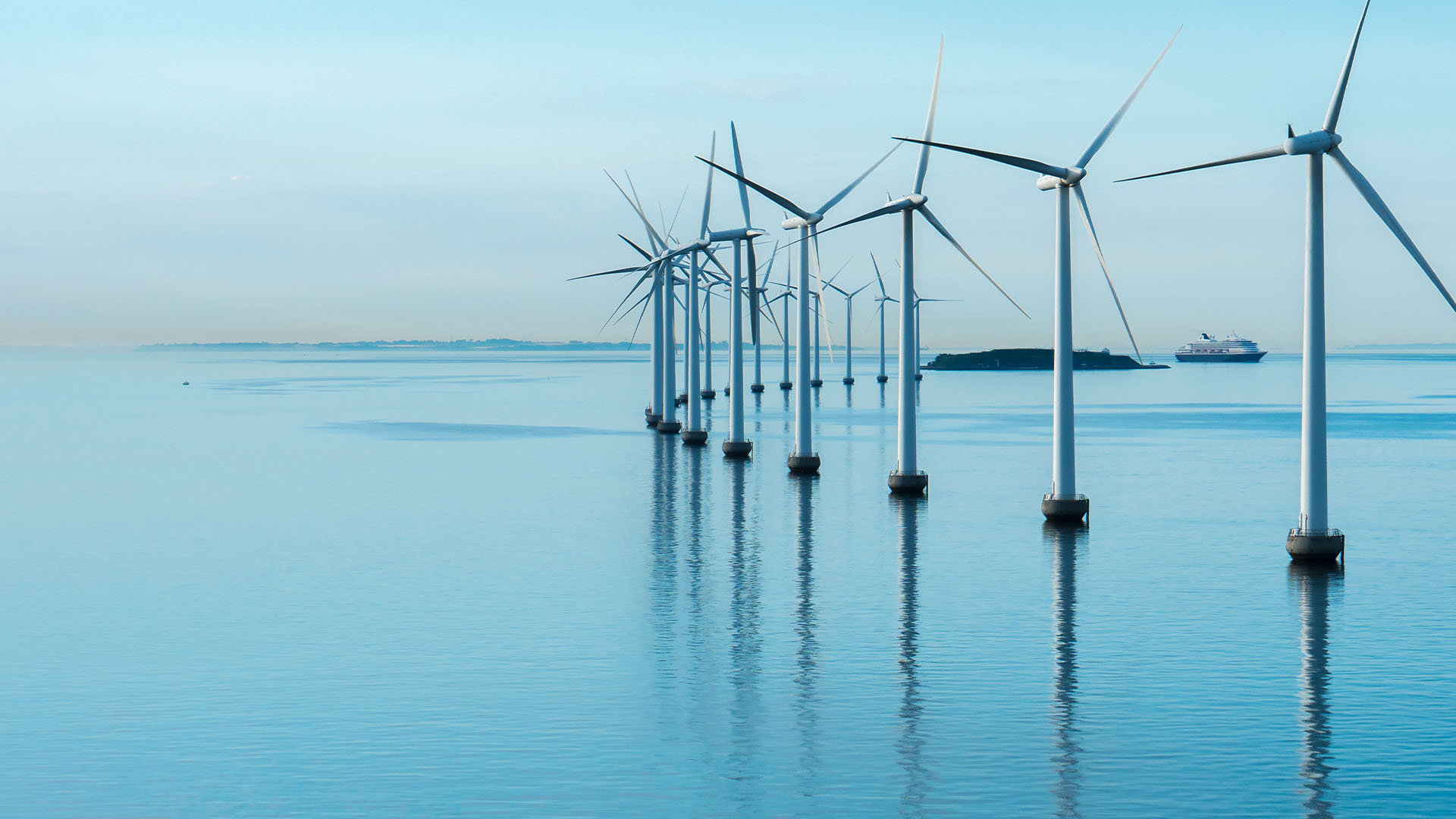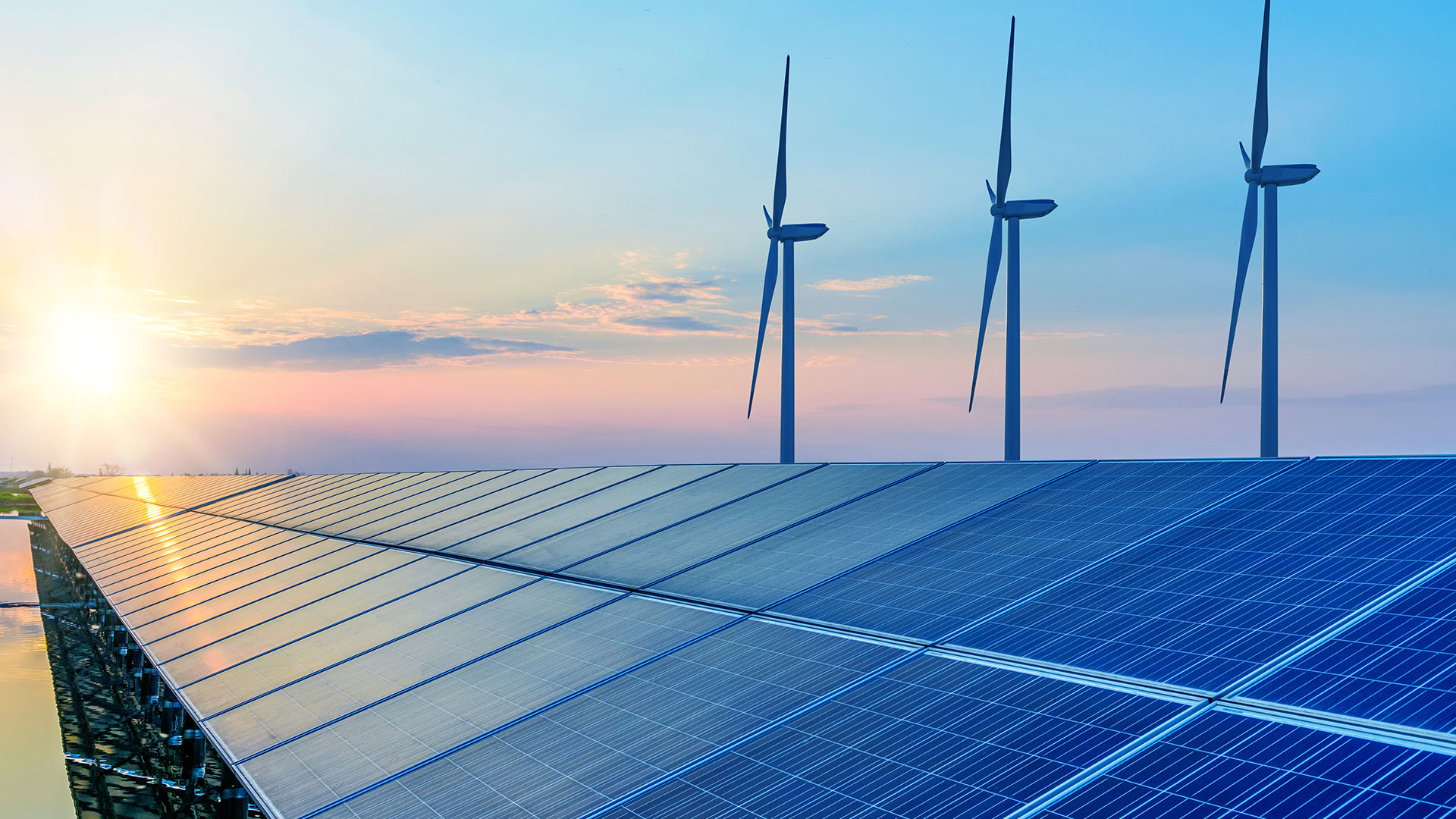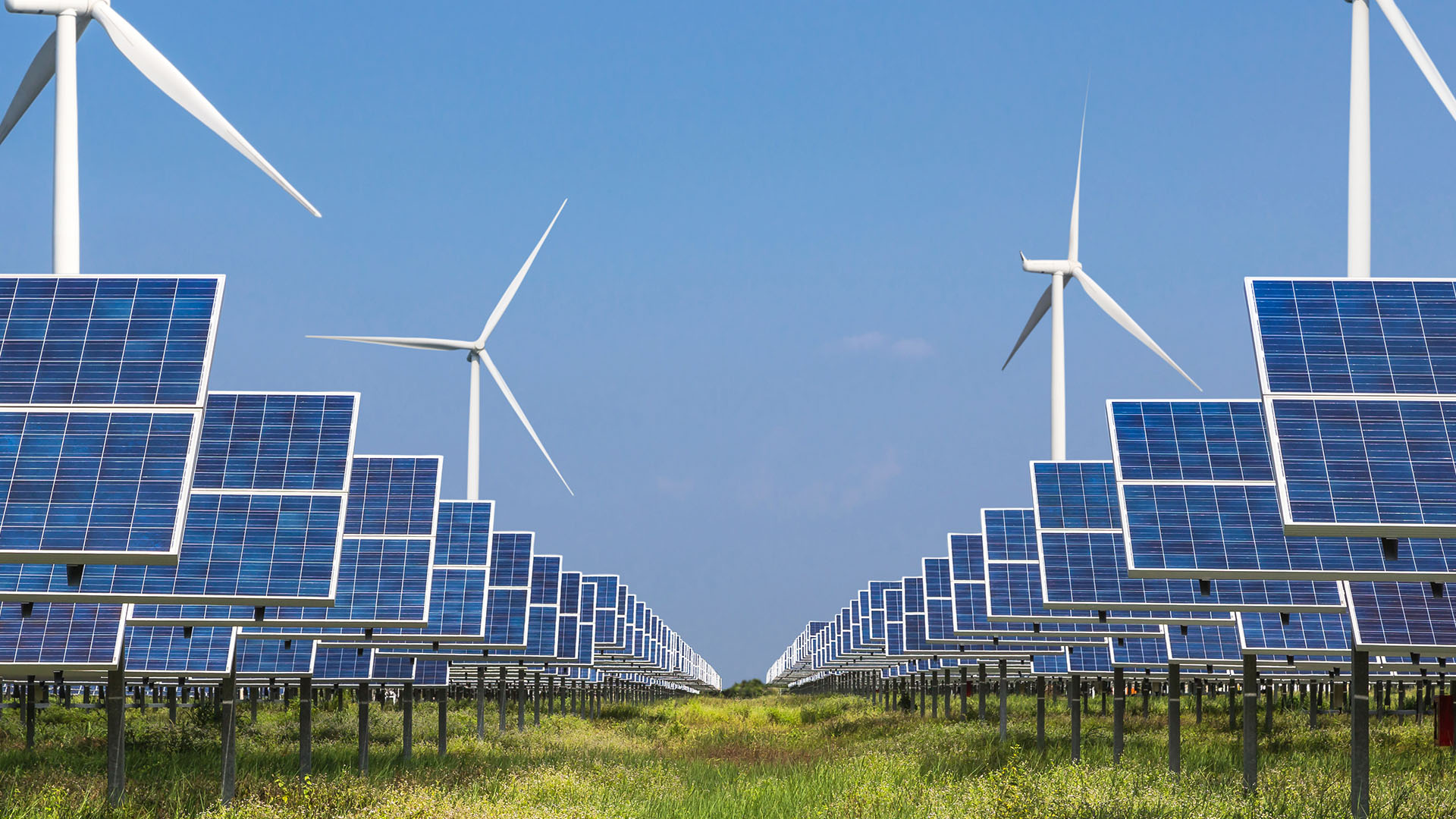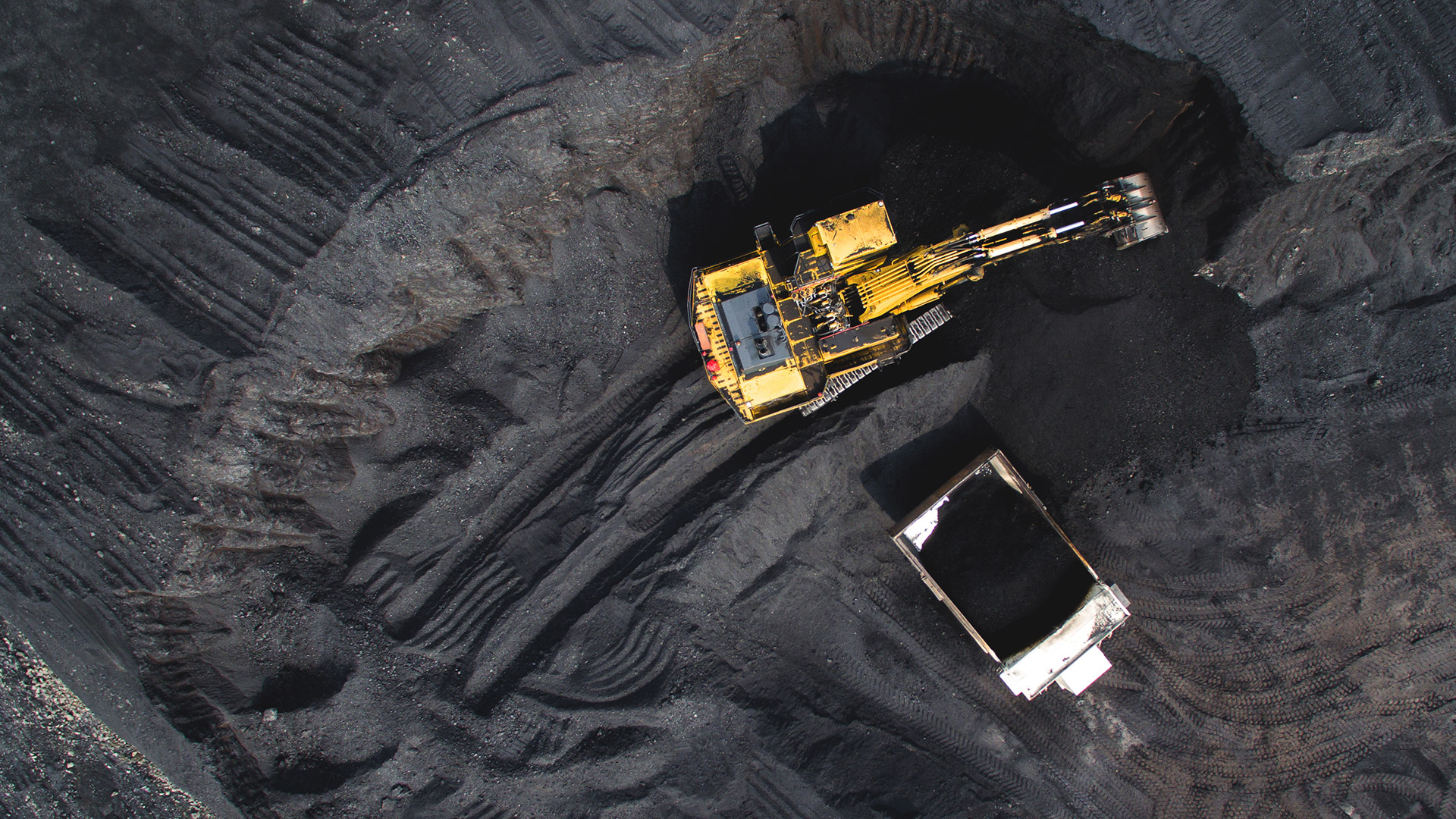Introduction
An electric vehicle (EV) boom is underway. It is driving huge growth in demand for battery minerals, especially nickel. EV market forces and regulators will require that mineral supply chains have a low carbon footprint. Much of the nickel that will feed the EV boom in the next decade will come from Indonesia. But Indonesia has a carbon problem that will need substantial international funding and technology to resolve.
The EV boom
The transition to electric transportation is a vital part of global plans to decarbonize. According to data from the International Energy Agency (IEA), China leads the way with 3.3 million EV sales in 2021, around half of global sales. The EU is a strong second with 2.3 million sold.
The IEA forecasts huge growth in the number of EVs on the world’s roads by 2030. In 2012, only 120,000 EVs were sold globally. In 2021, annual sales reached 6.6 million, with 16.5 million EVs already on roads. By 2030, annual sales will reach at least 41 million, with around 35 percent of those in China and 17.5 percent in the EU, and 137 million EVs are predicted to be in circulation. This is the IEA’s conservative estimate based on existing policy and is roughly consistent with plans under the European green deal: 30 million cars and 80,000 trucks with zero emissions on EU roads by 2030.
Essential battery minerals
Batteries are the core of every EV. Lithium-ion batteries, with nickel-rich cathodes, are the preferred choice for light and high-performance vehicles, offering higher energy density and greater storage capacity at a lower cost. This technology has now been broadly adopted.
The IEA forecasts demand for class 1 nickel (the kind used in EV batteries) to grow from 80 kt in 2020 to 647 kt in 2030. In 2021, global production of class-1 nickel was around 770 kt. Production therefore needs to double in nine years to cover EV sector demand alone.
Indonesia will be key
Indonesia produces over 35 percent of the world’s nickel and its share is growing. Most production is class-2 nickel, used in China to produce stainless steel. For a variety of reasons, Indonesia is well placed to become the source of most of the growth in class-1 nickel production in the next decade. Indonesia has:
- significant nickel reserves;
- regulations that recently banned nickel ore exports, resulting in massive (predominantly Chinese) investment in nickel processing in Indonesia in the past decade compared with limited investment elsewhere;
- cost advantages; and
- relative ease of new project development in comparison with other key nickel producing countries including Canada, Australia and Russia.
These advantages mean there is now huge international and Indonesian interest in increasing production of class-1 nickel in Indonesia.
Carbon-intensive nickel
Such an increase in nickel production in Indonesia is critical for the success of the global EV boom. If Indonesia cannot supply the required nickel, the EV boom and the decarbonization it represents will hit a speed bump.
Indonesia is an enormous, developing nation of 270 million people that sits upon huge coal, oil and gas reserves. In 2020, 83 percent of Indonesia’s power was still generated using coal, gas and oil.
Nickel smelting is an energy intensive business requiring non-intermittent power 24 hours a day. Most nickel smelting in Indonesia is in the Indonesia Morawali Industrial Park in Sulawesi (IMIP) and the Indonesia Weda Bay Industrial Park in Halmahera (IWIP). These parks are off-grid and have their own captive power generators, and are expanding rapidly. The majority of that generating capacity is super critical coal-fired power. Based on publicly available information, IMIP alone will soon have about the same amount of coal-fired generating capacity (at least 5 GW) as Mexico, or Pakistan.
The limited resources for large-scale non-intermittent renewable power, such as hydro and geothermal, are not located near most of the nickel reserves. Indonesia has relatively poor wind resources. Solar has greater potential, but will require substantial investment in power storage and grid improvement to produce the non-intermittent electricity required to power the nickel sector. The central government is short of the funds and technology needed to promote significant renewable energy expansion and grid improvement. Some solar power with battery storage could, nevertheless, provide a solution for a meaningful reduction in reliance on coal-fired power in the nickel sector.
Is the carbon an issue?
The goal behind the transition from internal combustion engines to EVs is to reduce carbon emissions from the transport sector. EV customers are increasingly aware of, and concerned about, the content, sources and methods of producing materials that go into their vehicles. Shareholders, interest groups and other stakeholders are focused on supply chain emissions as well as biodiversity, governance and pollution issues. EV manufacturers have begun measuring and reporting full life cycle emissions. These market forces are gradually compelling nickel producers to measure and report their carbon footprint and decarbonize production.
Governments with ambitious ‘net-zero’ goals are also targeting supply chains and life cycle carbon impact. The EU is leading the way, planning new restrictions that seek to force decarbonization up the battery supply chain. The EU sustainable battery regulations will require batteries sold in the EU to be accompanied by a carbon footprint declaration from 2024, will classify batteries based on carbon footprint from 2026 and, from 2027, will subject batteries to a maximum life cycle carbon footprint, based on net emissions from manufacture right back to mineral source. The carbon border adjustment mechanism, approved by the European Parliament at the end of 2022, will also have the effect of imposing an additional tariff on importers based on the carbon emissions of battery materials to the extent battery pre-cursors and nickel are included in the mechanism. Other jurisdictions are expected to introduce similar restrictions.
Indonesia will need to find a way to decarbonize its nickel sector if it is going to fulfil its destiny as a major supplier of battery minerals critical to the EV boom.
Indonesia’s nationally determined contribution (NDC)
Indonesia has made a commitment to reach ‘net-zero’ by 2060. In July 2021, in accordance with the terms of the Paris Agreement, Indonesia submitted an NDC to achieve a 29 percent reduction in GHG emissions by 2030, compared to likely emissions under a “business as usual” scenario. Importantly, Indonesia said that figure can increase to 41 percent if it receives strong international financial and technical support. On September 13, 2022, Indonesia issued regulations prohibiting the construction of new coal-fired power plants that are not already developed and financed, and requiring the decommissioning of existing coal-fired plants by 2055.
These are admirable aims. However, to be feasible, Indonesia will need a huge amount of financial and technical support to have a chance of developing renewable energy generating capacity, improving grids and providing energy storage solutions in order to replace the coal-fired capacity. In a presentation at COP26, Indonesian President Joko Widodo asked developed economies to contribute more funds and share technology in order for Indonesia to be able to ramp up its decarbonization efforts.
Solutions from COP27?
The 27th Conference of the Parties in Sharm el-Sheikh, Egypt (COP27) concluded last November. Norton Rose Fulbright attended in force and reported certain key outcomes:
- The political declaration from COP27, the ‘Sharm el-Sheikh implementation plan,’ assesses the costs to reach net-zero by 2050 at around US$4 trillion each year to 2030;
- A new fund will be established to provide compensation for climate loss and damage, however the amounts to be pledged and details of sources remain to be worked out;
- The formal negotiations had limited progress with developing the supporting infrastructure for Article 6 of the Paris Agreement, needed to activate market mechanisms;
- G20 nations, including big emitters like the US and China, pledged at the conference to work to limit global warming to 1.5C rather than 2C; and
- COP27 decisions spelled out that multilateral banks should assess their potential to contribute more climate finance – which might occur at the Spring 2023 meetings of multilaterals.
Unfortunately, there is no clear plan for global sources of funding to be mobilized any time soon to assist countries like Indonesia with decarbonization.
A “just transition” for Indonesia?
Around the edges of COP27, however, there were some encouraging signs. At the G20 meetings in Bali, at the same time as COP27 in Egypt, the US, Indonesia and Japan, with backing from Canada, Denmark, the EU, France, Germany, Italy, Norway and the United Kingdom, announced a ‘Just Energy Transition Plan’ for Indonesia (JETP). In short, the plan aims, commencing in 2023, to mobilize US$20 billion in order to help Indonesia:
- commit to reaching peak carbon dioxide releases from its electricity sector by 2030, seven years earlier and at a level 25 percent lower than previously expected, reducing emissions by around 300 megatons in the period by 2030;
- reach ‘net-zero’ emissions in the power sector by 2050 (ten years earlier than the previous target);
- accelerate deployment of renewable energy so that it comprises at least 34 percent of all power generation by 2030;
- renegotiate debt for existing coal plants, with the goal of retiring them early;
- importantly for the nickel sector, restrict development of localized thermal power systems in Indonesia, including captive power networks in industrial parks.
The JETP is a very positive development, and a great example of steps being taken by members of the G20 outside the COP27 implementation framework. IEA Executive Director Dr Fatih Birol described it as a “major milestone” for international cooperation on financing clean energy transitions in emerging economies.
If the JETP is implemented as intended, it will be exactly the kind of arrangement that a nation such as Indonesia needs in place to achieve its decarbonization goals, and will help it fulfil a critical role as the global supplier of nickel for batteries that are central to the EV boom.
Another program independent of COP is the Asian Development Bank’s Energy Transition Mechanism that aims to mobilize support from governments, multilateral banks, private sector investors, philanthropies, and long-term investors to retire coal power assets in Asia earlier than scheduled. These could be model arrangements that should, if scaled up, help emerging markets realize meaningful decarbonization, a key requirement for the global energy transition.


